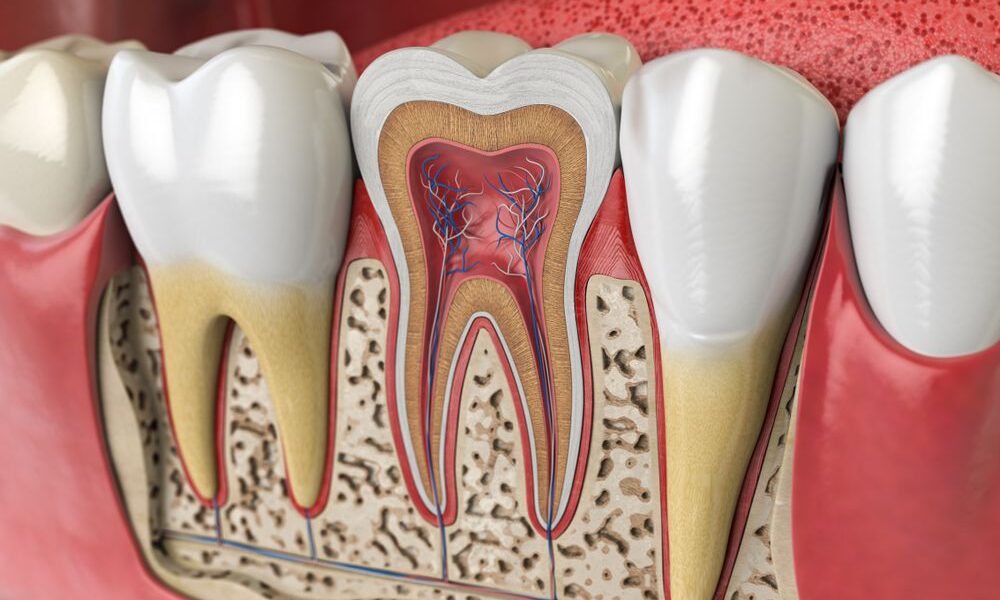One of your most precious assets is your smile, and maintaining good oral health requires an awareness of the structure of the teeth. The construction of the human tooth is intricate, with each part serving a distinct purpose in activities such as speaking, chewing, and maintaining the facial structure as explained by Dentist in Memphis, TN. We will explore the fundamentals of tooth anatomy in this extensive tutorial to help you better comprehend the subtleties that create a beautiful smile.
1. Tooth Types:
- Incisors: These are sharp, chisel-shaped front teeth, with four on the top and four on the bottom. This is crucial for food cutting.
- Canines: Pointed teeth next to the incisors that are used for tearing and ripping food.
- Premolars: have flat surfaces with ridges and are responsible for crushing and tearing food.
- Molars: Located at the back of the mouth, molars have broad surfaces for grinding and chewing food.
2. Tooth Structure:
- Enamel: The hardest and most mineralized component in the human body; enamel is the outermost layer of the tooth. It protects against injury and deterioration of the tooth.
- Dentin: The majority of the tooth structure is composed of dentin, a hard tissue that sits beneath the enamel.
- Pulp: The pulp, a soft tissue with nerves and blood arteries, is located at the core of the tooth. In addition to feeding the tooth, it reacts to external stimuli such as temperature variations.
3. Gums and Periodontium:
- Gingiva (gum): Surrounding the teeth, the gums protect the roots and provide support to the teeth.
- Periodontal Ligament: This fibrous tissue connects the tooth to the jawbone, anchoring it securely.
- Cementum: Covering the tooth roots and cementum helps anchor the tooth to the surrounding bone.
4. Roots and Nerves:
- Roots: Teeth are anchored in the jawbone by roots, which vary in number depending on the tooth type.
- Nerves and Blood Vessels: The pulp inside the tooth contains nerves and blood vessels that facilitate sensory functions and nourishment.
5. The Bite and Jaw Movement
- The temporomandibular joint (TMJ): allows the jaw to move for activities such as speech and chewing. It joins the jawbone of the skull.
To keep your smile looking great and to preserve good oral health, it is important to understand the fundamentals of tooth anatomy. Understanding the roles and composition of your teeth will help you make well-informed decisions on your dental care regimen and work toward a lifetime of dental health. Recall that keeping your teeth strong and bright can be achieved with little understanding of dental anatomy.










